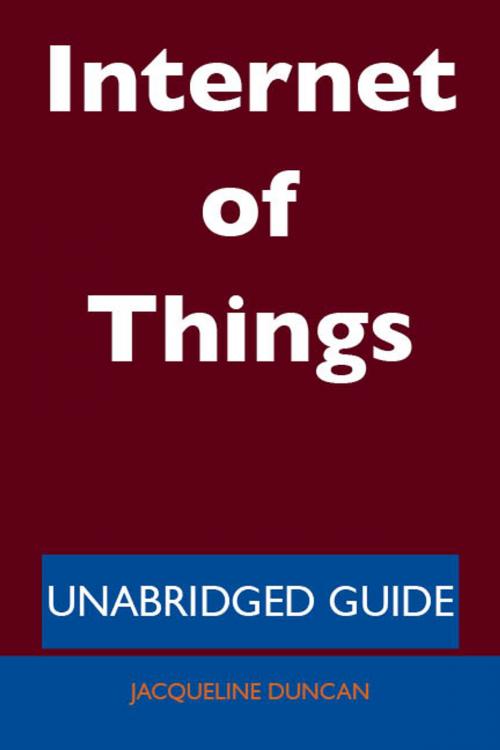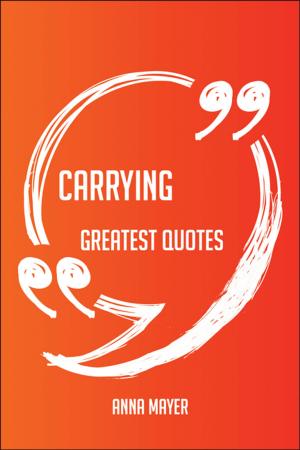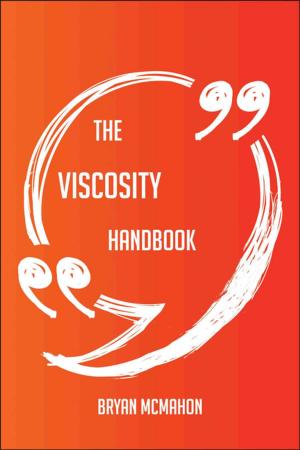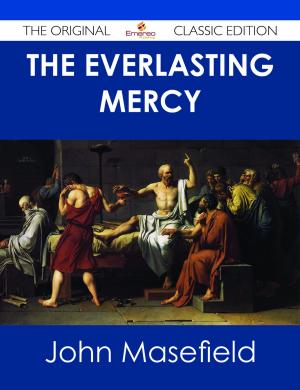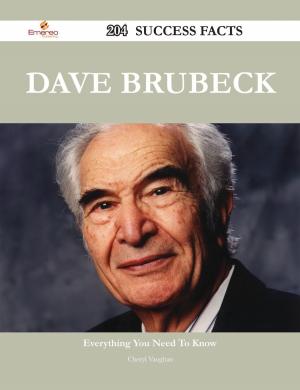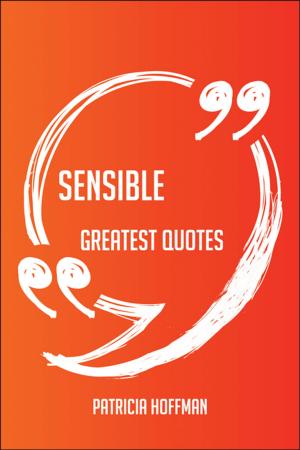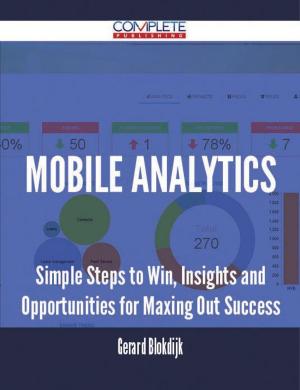| Author: | Jacqueline Duncan | ISBN: | 9781486430390 |
| Publisher: | Emereo Publishing | Publication: | October 24, 2012 |
| Imprint: | Emereo Publishing | Language: | English |
| Author: | Jacqueline Duncan |
| ISBN: | 9781486430390 |
| Publisher: | Emereo Publishing |
| Publication: | October 24, 2012 |
| Imprint: | Emereo Publishing |
| Language: | English |
Here's part of the content - you would like to know it all? Delve into this book today!..... : Internet of Things (IoT) is an integrated part of Future Internet and could be defined as a dynamic global network infrastructure with self configuring capabilities based on standard and interoperable communication protocols where physical and virtual 'things' have identities, physical attributes, and virtual personalities and use intelligent interfaces, and are seamlessly integrated into the information network. In the IoT, 'things' are expected to become active participants in business, information and social processes where they are enabled to interact and communicate among themselves and with the environment by exchanging data and information 'sensed' about the environment, while reacting autonomously to the 'real/physical world' events and influencing it by running processes that trigger actions and create services with or without direct human intervention.
...In the future the Internet of Things may be a non-deterministic and open network in which auto-organized or intelligent entities (Web services, SOA components), virtual objects (avatars) will be interoperable and able to act independently (pursuing their own objectives or shared ones) depending on the context, circumstances or environments.
...Consequently, it will not necessarily need common standards that would not be able to address every context or use: some actors (services, components, avatars) will accordingly be self-referenced and, if ever needed, adaptive to existing common standards (predicting everything would be no more than defining a global finality for everything that is just not possible with any of the current top-down approaches and standardizations).
There is absolutely nothing that isn't thoroughly covered in the book. It is straightforward, and does an excellent job of explaining all about Internet of Things in key topics and material. There is no reason to invest in any other materials to learn about Internet of Things. You'll understand it all.
Inside the Guide: Internet of Things, XBee, Wiring (development platform), Web of Things, Ubiquitous computing, Touchatag, Tera-play, Supranet, Spime, Smarter Planet, Smartdust, Smart TV, Realia (library science), Radio-frequency identification, Paolo Magrassi, Openpicus, Object hyperlinking, Nabaztag, Machine to machine, Kevin Ashton, Josef Preishuber-Pflügl, Internet refrigerator, Internet 0, IPSO Alliance, HomeOS, Ebbits project, Distributed application, Cosm (Internet of Things), Cosm, Connected car, Cloud manufacturing, CeNSE, Bruce Sterling, Auto-ID Labs, Arduino, Ambient intelligence
Here's part of the content - you would like to know it all? Delve into this book today!..... : Internet of Things (IoT) is an integrated part of Future Internet and could be defined as a dynamic global network infrastructure with self configuring capabilities based on standard and interoperable communication protocols where physical and virtual 'things' have identities, physical attributes, and virtual personalities and use intelligent interfaces, and are seamlessly integrated into the information network. In the IoT, 'things' are expected to become active participants in business, information and social processes where they are enabled to interact and communicate among themselves and with the environment by exchanging data and information 'sensed' about the environment, while reacting autonomously to the 'real/physical world' events and influencing it by running processes that trigger actions and create services with or without direct human intervention.
...In the future the Internet of Things may be a non-deterministic and open network in which auto-organized or intelligent entities (Web services, SOA components), virtual objects (avatars) will be interoperable and able to act independently (pursuing their own objectives or shared ones) depending on the context, circumstances or environments.
...Consequently, it will not necessarily need common standards that would not be able to address every context or use: some actors (services, components, avatars) will accordingly be self-referenced and, if ever needed, adaptive to existing common standards (predicting everything would be no more than defining a global finality for everything that is just not possible with any of the current top-down approaches and standardizations).
There is absolutely nothing that isn't thoroughly covered in the book. It is straightforward, and does an excellent job of explaining all about Internet of Things in key topics and material. There is no reason to invest in any other materials to learn about Internet of Things. You'll understand it all.
Inside the Guide: Internet of Things, XBee, Wiring (development platform), Web of Things, Ubiquitous computing, Touchatag, Tera-play, Supranet, Spime, Smarter Planet, Smartdust, Smart TV, Realia (library science), Radio-frequency identification, Paolo Magrassi, Openpicus, Object hyperlinking, Nabaztag, Machine to machine, Kevin Ashton, Josef Preishuber-Pflügl, Internet refrigerator, Internet 0, IPSO Alliance, HomeOS, Ebbits project, Distributed application, Cosm (Internet of Things), Cosm, Connected car, Cloud manufacturing, CeNSE, Bruce Sterling, Auto-ID Labs, Arduino, Ambient intelligence
